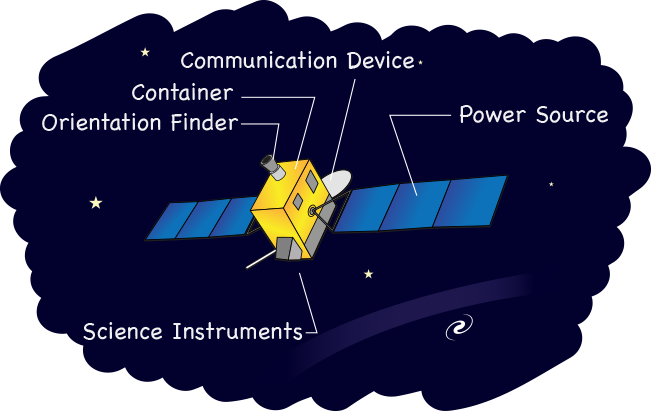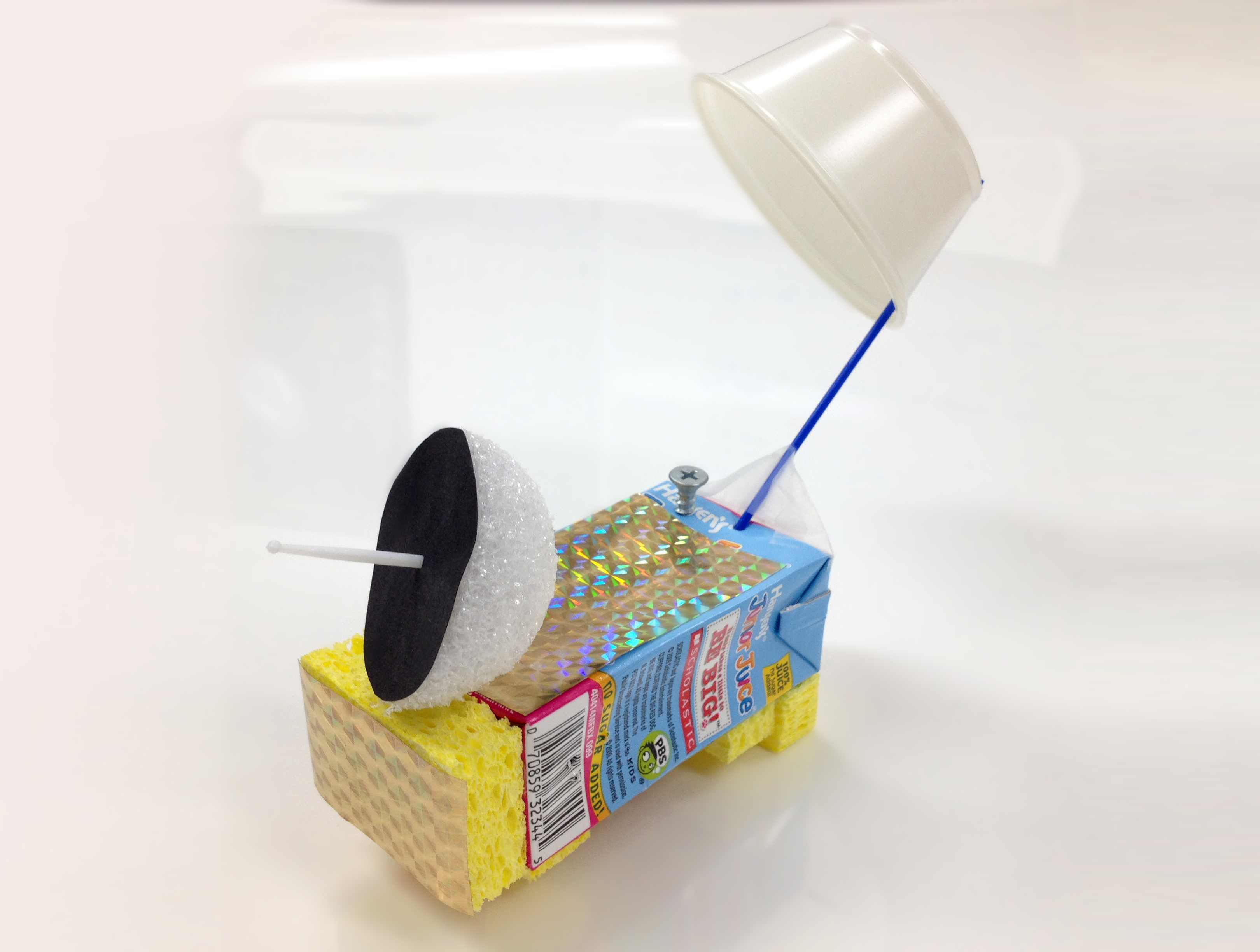What is the universe?
The universe is everything. It includes all of space, and all the matter and energy that space contains. It even includes time itself and, of course, it includes you.
Earth and the Moon are part of the universe, as are the other planets and their many dozens of moons. Along with asteroids and comets, the planets orbit the Sun. The Sun is one among hundreds of billions of stars in the Milky Way galaxy, and most of those stars have their own planets, known as exoplanets.
The Milky Way is but one of billions of galaxies in the observable universe — all of them, including our own, are thought to have supermassive black holes at their centers. All the stars in all the galaxies and all the other stuff that astronomers can’t even observe are all part of the universe. It is, simply, everything.
Earth is a planet, and it’s in space and part of the universe just like the other planets. It just so happens that things live here and the environment near the surface of this particular planet is hospitable for life as we know it. Earth is a tiny, fragile exception in the cosmos. For humans and the other things living on our planet, practically the entire cosmos is a hostile and merciless environment.
This true-color image shows North and South America as they would appear from space 22,000 miles (35,000 km) above the Earth. The image is a combination of data from two satellitesHow old is Earth?
Our planet, Earth, is an oasis not only in space, but in time. It may feel permanent. For nearly two-thirds of the time since the universe began, Earth did not even exist. Nor will it last forever in its current state.
By studying the radioactive decay of isotopes on Earth and in asteroids, scientists have learned that our planet and the solar system formed around 4.6 billion years ago. The universe, on the other hand, appears to be about 13.8 billion years old.
Only a few hundred years ago, when people began systematically investigating the nature of things, the word “scientist” didn’t even exist (researchers were instead called “natural philosophers” for a time). Since then, our knowledge of the universe has repeatedly leapt forward. It was only about a century ago that astronomers first observed galaxies beyond our own, and only a half-century has passed since humans first began sending spacecraft to other worlds.
In the early 21st century alone, astronomers discovered thousands of planets around other stars, detected gravitational waves for the first time and produced the first image of a black hole.
The universe has existed roughly 56,000 times longer than our species has.
https://www.adventuresci.org/wp-content/uploads/2022/09/2022-10-star-chart.pdf https://www.adventuresci.org/starcharts/
You get to decide how to make your satellite—its all up to you. While you are building your satellite, though, keep in mind that your satellite must have a couple of basic things:

| Container: Your satellite needs some sort of container to hold all of the gizmos together and keep its instruments safe. | |
| Power Source: You will need something to give your satellite electricity so that it can run all of its high-tech gizmos. Solar panels or fancy batteries are two options. | |
Scientific Instruments: This is the why you launched your satellite in the first place! Instruments can take pictures of far away galaxies or planets right here in our Solar System, measure chemicals in Earth's atmosphere, or keep a close eye on our Sun's activity. It's your decision! | |
| Communication Device: You will need some way to communicate with Earth. Antennas (shaped like dishes or poles and rods) are a good way to do this. | |
| Orientation Finder: Make sure you have something that lets your satellite know where it's pointed and which way is 'up.' Something that looks at the stars (a star tracker) or the sun (a sun tracker) would work. |

.jpg)
.png)




No comments:
Post a Comment